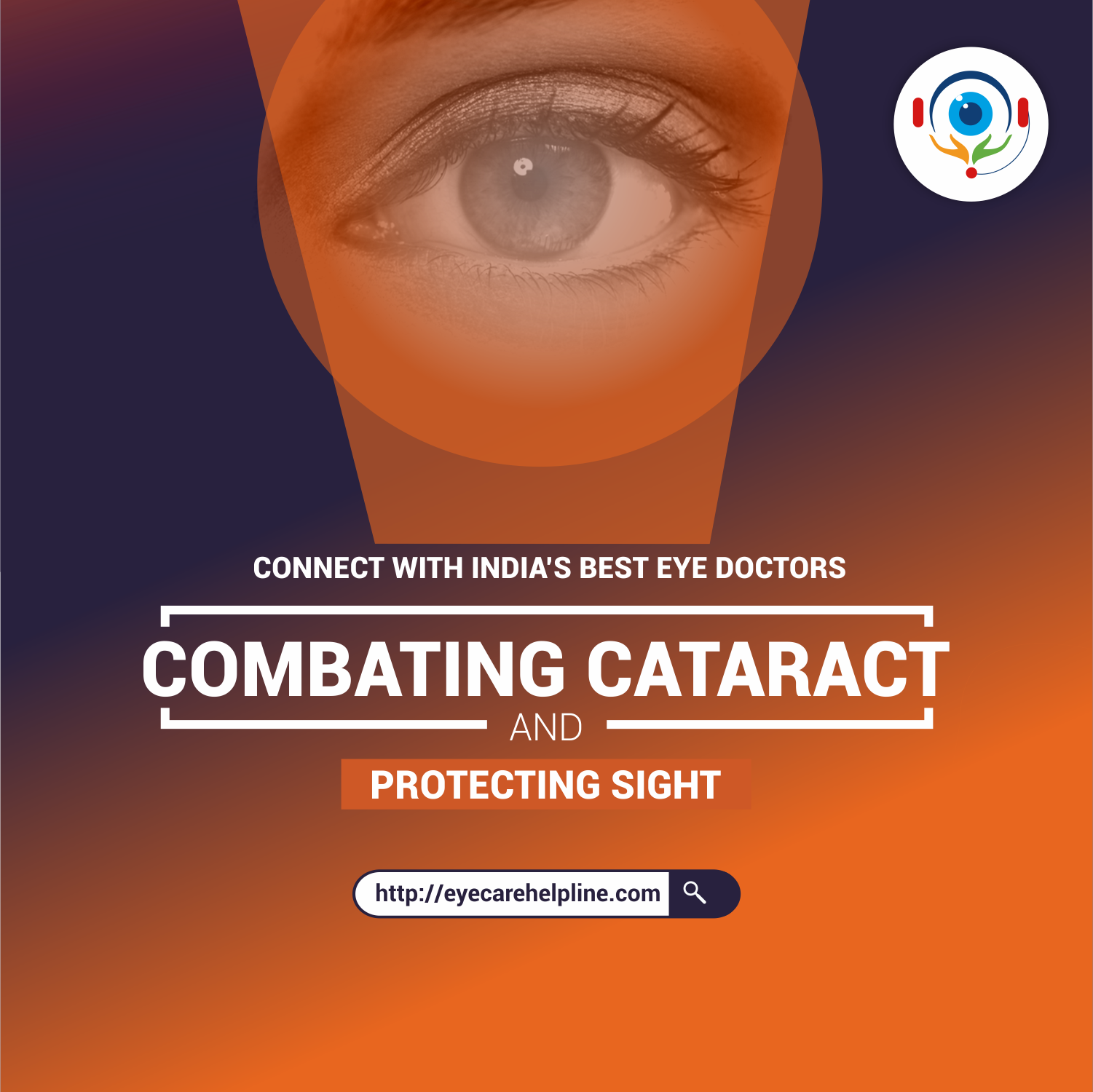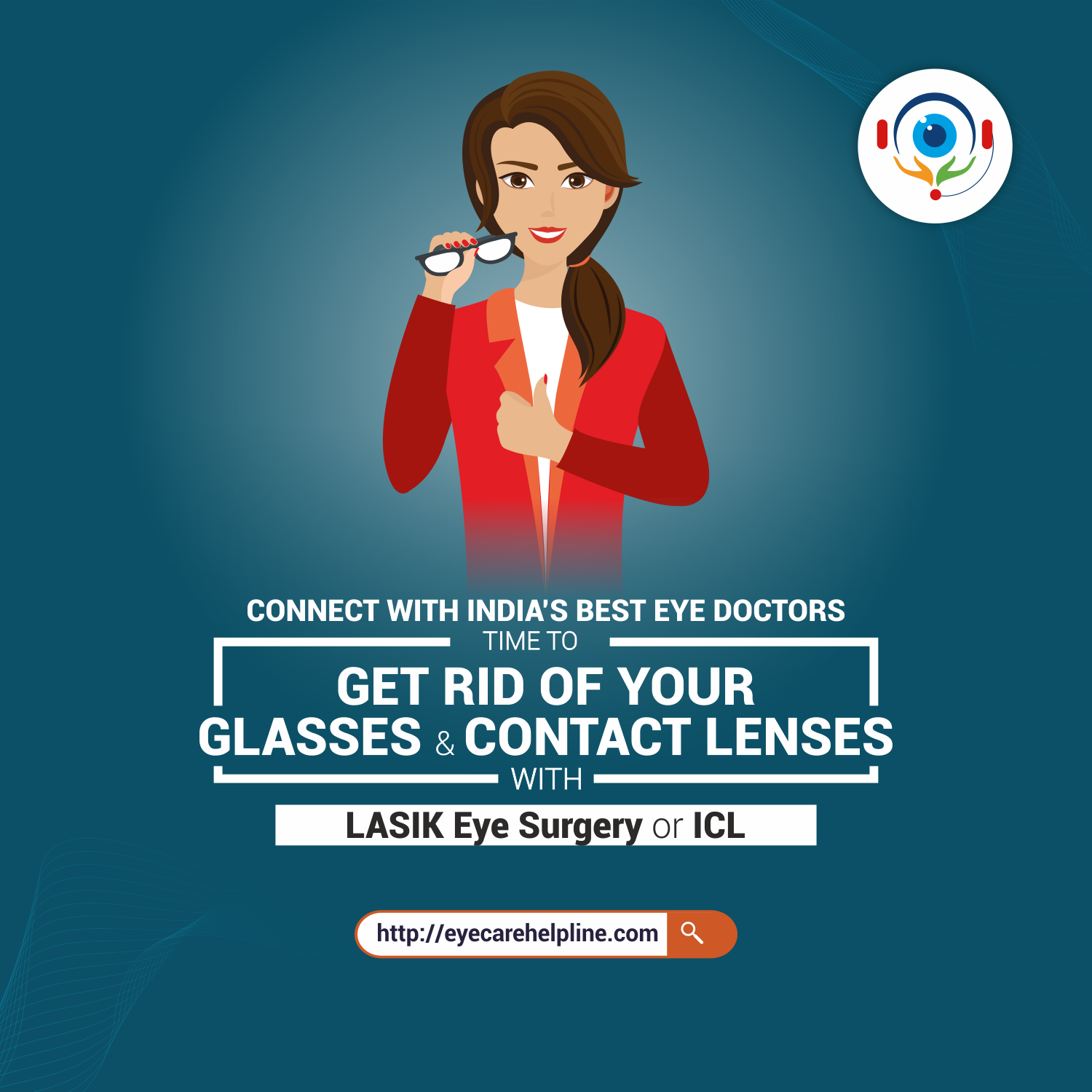- By: Dr. Gurjeet Singh
What is Corneal Ulcer?
A Corneal Ulcer or Keratitis is an open sore on the cornea (the clear outer layer in front of the eye that covers the iris and the pupil).
What Causes Corneal Ulcers?
Normally, an eye infection or eye disorder is responsible for the birth of corneal ulcers. Following is a list of these various infections and disorders -
1. Bacterial Infection - Is quite common among those who wear contact lenses for an extended period of time.
2. Fungal Infection - Corneal injuries involving plant/plant material gives rise to a fungal infection and is a common occurrence among people with a weak immune system.
3. Acanthamoeba Infection - Acanthamoeba are microscopic, single-celled amoeba that can potentially cause an infection in humans. Users of contact lenses are more susceptible to this infection. Although rare, the acanthamoeba infection can lead to blindness.
4. Viral Infections - Recurring flare-ups of eye sores leads to a viral infection known as Herpes Simplex Keratitis. The reason behind these flare-ups could be stress, prolonged sun exposure or anything that weakens the immune system.
5. Dry Eye
6. Eye Injury
7. Use of Unsterilized/ Expired Soft Contact Lenses
8. Inflammatory Disorders
9. Vitamin A Deficiency
What are the Symptoms of Corneal Ulcers?
1. Tearing
2. Eye Redness
3. Blurred Vision
4. Severe Eye Pain & Soreness
5. The Feeling of Having Something in your Eye
6. Light Sensitivity
7. Swelling of the Eyelids
8. Pus/Other Discharge
9. White Spot on the Cornea
How is Corneal Ulcer Diagnosed?
When you visit your doctor for diagnosis, the doctor will use fluorescein (special dye) to light up any damage in the cornea. Next, your cornea will be examined with a slit lamp. This will enable the doctor to view the damage done to the cornea and figure out whether it is a corneal ulcer.
How is Corneal Ulcer treated?
Medical Treatment
Antibiotic, antifungal or antiviral eye drops are used to treat corneal ulcers. In some cases, your doctor will advise you to use antifungal tablets. And in other cases, the doctor will treat the ulcer with an injection of medication close to the eye.
After the infection has shown some amount of improvement or has disappeared, steroid or anti-inflammatory eye drops may be prescribed by your doctor, which may help reduce the swelling and prevent scarring.
Using steroid eye drops can potentially worsen an infection and is controversial when it comes to corneal ulcers. Therefore, you must use it only under the supervision of your doctor.
Oral pain medication may be prescribed by your doctor to reduce the pain.
If you experience the following symptoms and feel worse or different, you must let your ophthalmologist know -
1. Blurry Vision
2. Pain and Eye Redness
3. Tearing and Eye Discharge
Surgical Treatment
In extreme cases like when corneal ulcers cannot be treated with medication, the patient may have to undergo a corneal transplant surgery to retain vision.
Post the completion of a medical treatment, when the eye infection has gone and the ulcer has healed itself, you will be left with significant scars. In this case too, a transplant may have to be done.
A corneal transplant consists of the surgical removal of the corneal tissue to replace it with a donor tissue. Through the transplant a damaged cornea is replaced with a healthy donor cornea. This way, vision is restored.
Although a corneal transplant is considered to be a fairly safe procedure, there are risks associated with it. This transplant can cause health problems in the future -
1. Rejection of the Donor Tissue
2. Swelling of the Cornea
3. Eye Infection
4. Development of Glaucoma & Cataracts
Takeaway
Corneal ulcers are treatable and a lot of people do recover after treatment. But you must note that in spite of this, some people may face a reduction in eye sight.



